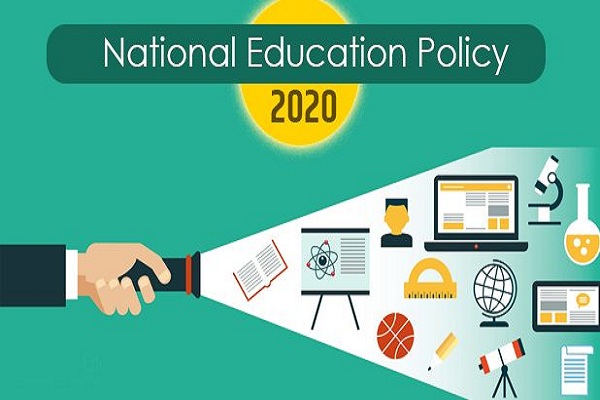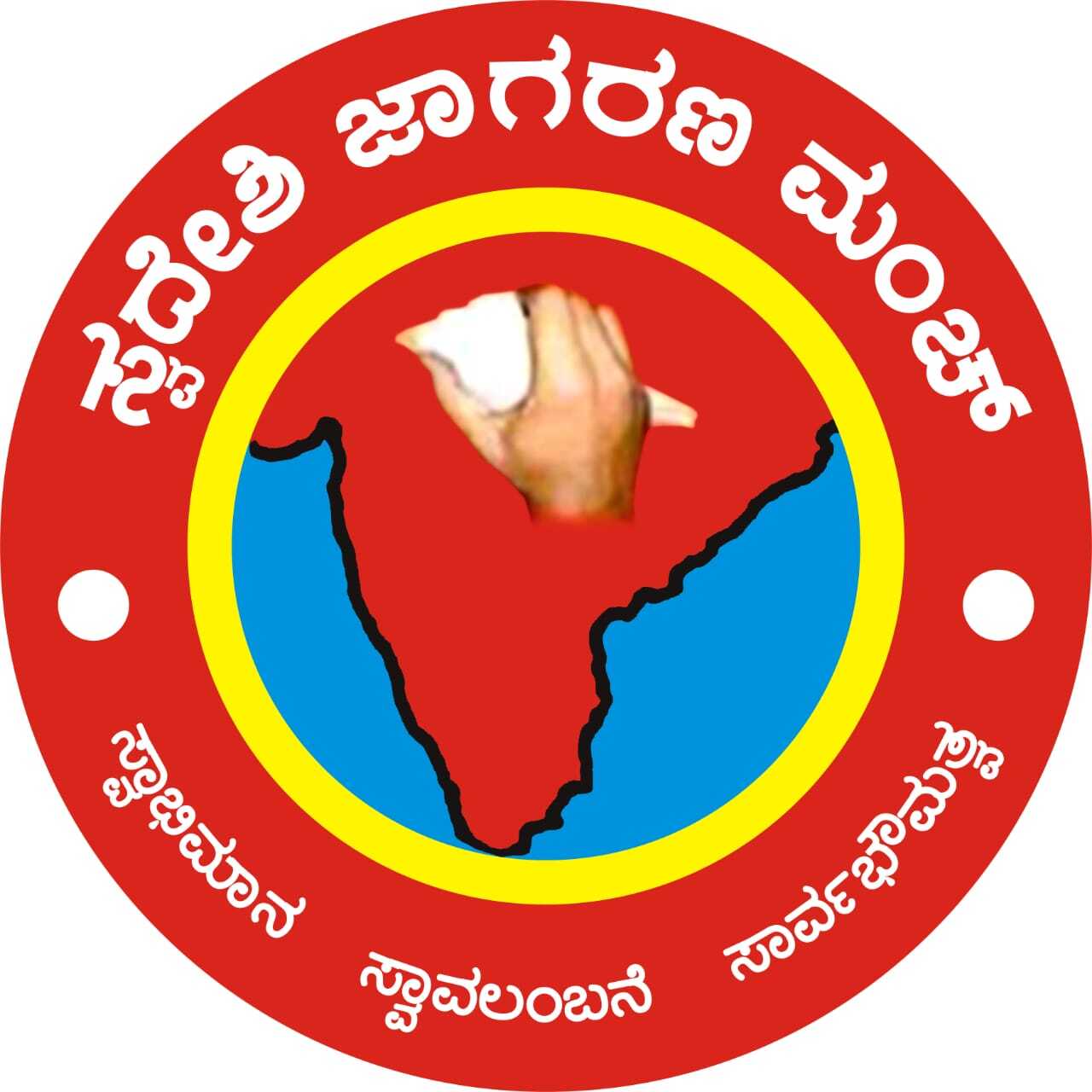Challenges for Skilling under NEP 2020

According to the India Skills Report 2018, more than 12 million people between the ages of 15 and 29 years are expected to enter India's workforce every year leading to an about 600 million workforce by 2022. — Vinod Johri
The Ministry of Education, Govt. of India announced the major reforms in the educational structure under the National Education Policy (NEP) 2020 launched on July 29th, 2020. The introduction of New Education Policy 2020 marked a revolutionary change in the education, shifting the focus from learning-based education to skill-based education. The NEP’s proposal to introduce vocational education from Grade 6 onwards and create a National Committee for the Integration of Vocational Education (NCIVE) is seen as a reformative move. It is critical to embrace this change, sowing the seeds of craftsmanship at a young age as the country needs skilled youth who can itself eradicate unemployment. Given that there are around 350 million students today in school-going or college-going age groups, the NEP calls for a large-scale implementation of a magnitude never before attempted anywhere in the world.
The delay in implementation of NEP 2020 is a matter of concern and needs to be addressed by the Union and State Governments. This article seeks to escalate the challenges in nationwide execution of NEP recommendations so that the aspiring youth build the strongest Bharat through skilling and entrepreneurship.
The NEP document has laid out a comprehensive roadmap for overhauling the existing regulatory system, and the education ministry is in the process of bringing out a legislation that would facilitate the setting up of a Higher Education Commission of India. (In the place of existing regulatory bodies, mainly the UGC, AICTE, and National Council for Teachers Education).
The NEP Drafting Committee led by K. Kasturirangan has stated that our education system is underfunded, heavily bureaucratised, and lacks capacity for innovation and scale up. The internal capacities within the education ministries of Union and states and other regulatory bodies need to strengthen their capacity to implement the magnitude of transformations envisaged in the NEP.
According to Economic Survey 2019-2020, the public spending (by the Centre and the State) on education was 3.1% of the GDP. The successful execution of key initiatives requires availability of adequate financial resources for decades. In this regard, the NEP has stated that to realise the goals of the new policy, the country has to rise public spending on education to 6 percent of GDP which amounts to around Rs. 2.5 lakh crore per year. While the NEP has been drafted by the Union government (with inputs from multiple stakeholders including the state governments), its implementation largely depends on the active cooperation of the states. This is because most services-related education is performed by the state governments. The Centre has to work out elements of decentralisation with the states while rolling out key initiatives.
The workforce is growing substantially. According to the India Skills Report 2018, more than 12 million people between the ages of 15 and 29 years are expected to enter India’s workforce every year leading to an about 600 million workforce by 2022. However, by 2022, a more skilled workforce of 109 million would be required in 24 key sectors of the economy. Today there are 21 ministries working in the field of skill development in PPP mode. Some of the key milestones that the National Skill Development Corporation (NSDC) has been achieved in the area of skilling, up-skilling and re-skilling are that there are 538 NSDC training partners, with more than 10,373 training centres, more than 1,500 job roles, 37 Sector Skill Councils, with pan-country presence.
While the NEP has begun gathering a fair degree of momentum, the road to its realisation is filled with number of challenges. The quantum and diversity of our education sector makes implementation an uphill task. With more than 15 lakh schools, 25 crore students, and 89 lakh teachers, our country remains the second largest education system in the world. The size of the higher education system is massive too. As per the All Indian Survey of Higher Education (AISHE) report 2019-20 of Union Ministry of Education, our higher education sector consists of 3.74 crore students in nearly 1,000 universities, 39,931 colleges, and 10,725 stand-alone institutions.
The role of the private sector, particularly in dealing with the higher education system, is extremely critical for translating the inclusionary vision of the NEP. It may be noted that as much as 70 percent of higher education institutions (colleges and universities) are run by the private sector. Significantly, roughly 65-70 percent students are currently enrolled in private higher education institutions. This apart, the private sector brings much needed financial resources and innovation. Therefore, it is imperative for the government and regulatory bodies to create workable institutional mechanisms that would harness the contribution of the private sector and recognise them as equal partner in the NEP process.
Higher Education Institutions (HEIs) shall develop and conduct their own vocational courses in partnership with industry and NGOs. HEIs would also be allowed to offer short-term vocational skill certificate courses. This ensures that the entire ecosystem of schools, colleges, and universities will now include vocational education as part of their curriculum. ITIs and Polytechnics will be provided opportunities to develop tailored programmes with HEIs. Industries will have the opportunity to work with HEIs for creating tailored programmes that serve their needs. Partnerships with the industry will provide hands-on experience and help create a robust talent pipeline. The Students shall be provided with opportunities for internships with local industry, businesses, artists, crafts persons, etc., as well as research internships with faculty and researchers at their own or other HEIs/research institutions, so that students may actively engage with the practical side of their learning and, as a by-product, further improve their employability. Preparing professionals in cutting-edge areas that are fast gaining prominence, such as Artificial Intelligence (AI), 3-D machining, big data analysis, and machine learning, in addition to genomic studies, biotechnology, nanotechnology, neuroscience, with important applications to health, environment, and sustainable living that will be embedded into undergraduate education for enhancing the employability of the youth.
Apprenticeship training is one of the most efficient ways to develop skilled manpower for industry. The students after undergoing apprenticeship training can easily adapt to industrial environment at the time of regular employment. The scope of National Apprenticeship Training Scheme (NATS) has been expanded to include students from Humanities, Science and Commerce besides students from engineering stream.
We require internet connections in remote areas because e-learning is the way forward, as witnessed during the pandemic. Digital infrastructure for this purpose will include digital classrooms, expertise-driven online teaching models, Augmented Reality (AR) and Virtual Reality (VR) technologies to overcome gaps in physical teaching and lab infrastructure, uniform assessment schemes across schools, career counselling sessions and teacher training to become adept at new-age technologies.
Ed-tech has proven its invincibility in education continuity for students during the prolonged period of lockdown. However, education is one of the areas where digital disparity was apparently visible during the lockdowns when many students didn’t have the means and access to continue their education through the online mode. Since remote learning and technology-backed education delivery expected to become the New Normal in post-COVID world, huge investments will be needed for developing digital infrastructure such as digital classrooms, remote expertise-driven teaching models, AR/VR tools to bridge gaps in physical teaching and creating laboratory infrastructure.
Some suggestions are made as under :-
- Linking CSR to Skill India movement to attract investment from private sector for sector-specific skilling and creating an attractive policy so that educational institutions can tie up directly with industry partners for skilling in relevant sectors.
- Funding support and incentives for such educational institutions which are desirous of starting such courses and training programmes and also recognition in the form of incentives for institutions which already have such programmes running successfully.
- Participation from the industry and corporates in designing of such courses will facilitate greater absorption of people taking such courses in the industry as jobs in academics and research are not adequate for the number of students pursuing these courses.
- Research in such disciplines should focus on the latest and emerging trends for which a policy is already in place.
- Government funding should be provided to incentivise innovations in these disciplines to ensure that our country is at par with global leaders in design and development of new technology and innovations in cutting-edge areas of research.
- Involving industry and business houses partnerships in designing course curricula for such value-added skill-based courses so that these courses are university recognised for the purpose of getting jobs.
The education is in concurrent list which renders implementation of NEP 2020 a formidable challenge looking to limited resources available with the States. No doubt, implementation on NEP 2020 is a huge challenge for implementation, yet its successful execution is sure to substantially reduce unemployment and catalyse skilling and entrepreneurship in our youth dreaming for bright future for themselves and for the country. It will be imperative on the Union Government to share its responsibility much more than the States through substantially increasing the educational institutions affiliated to CBSE, open Central Schools, enhance its infrastructure of education in the states and promote private investment in education or through PPP model.
Vinod Johri: Retd Additional Commissioner of Income Tax, Delhi.
